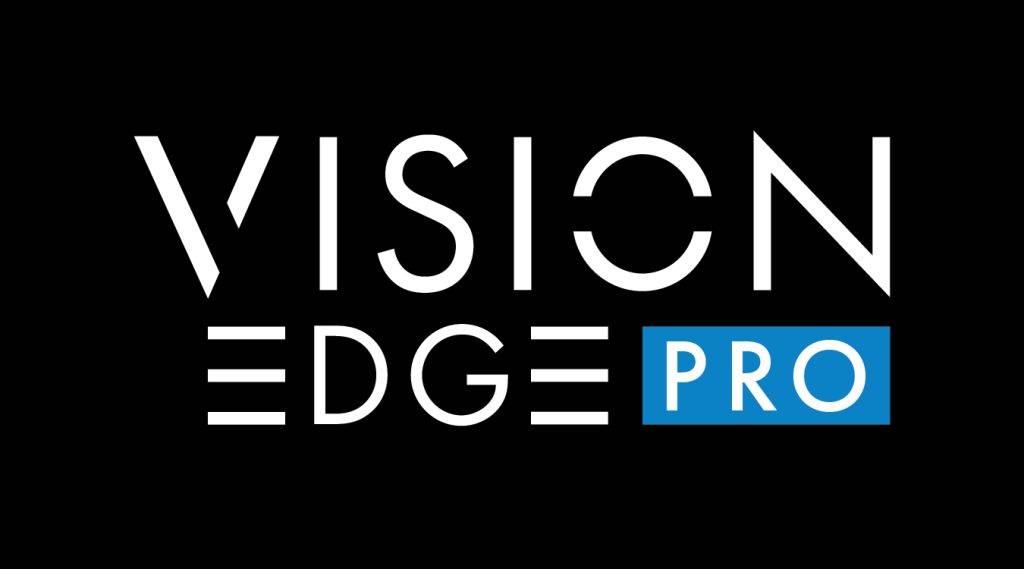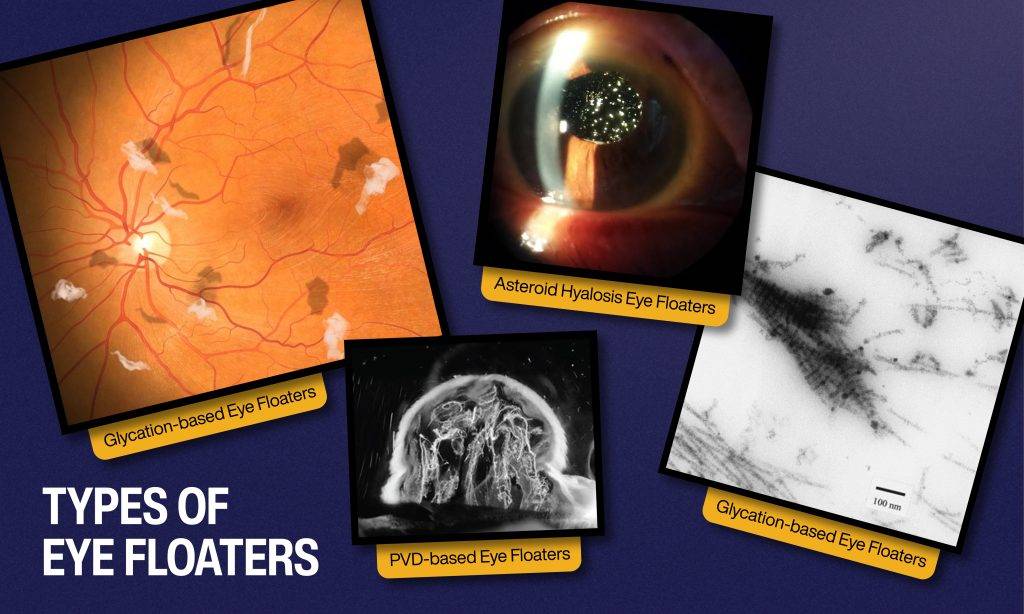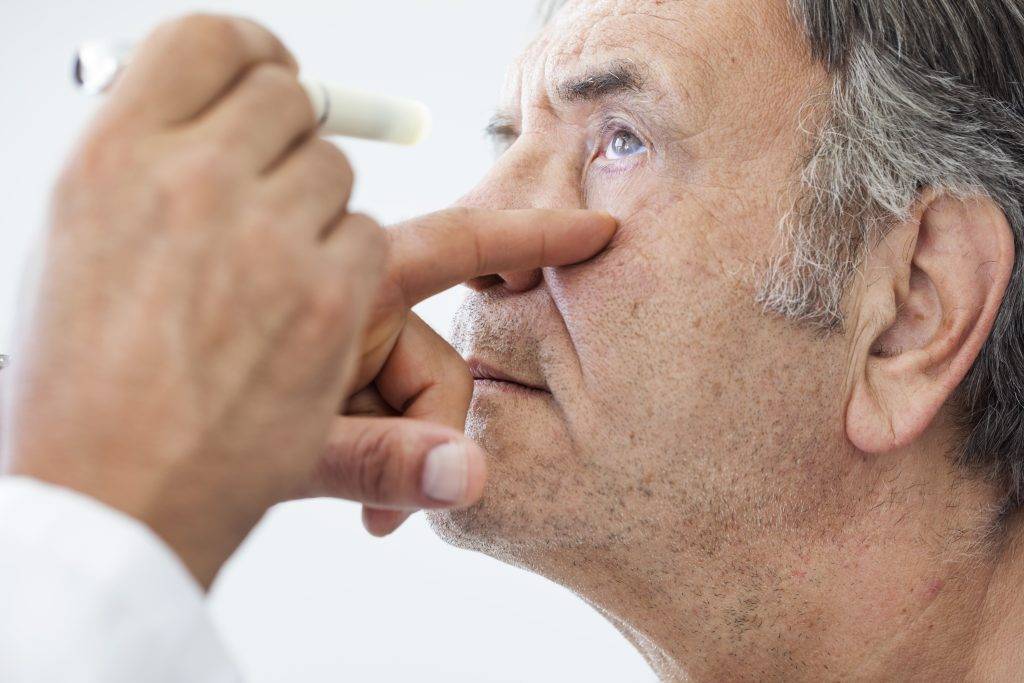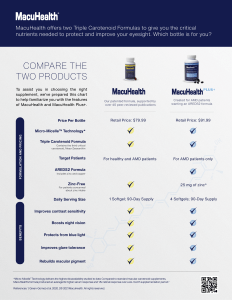- Last Updated
MacuHealth

Written by MacuHealth
Reviewed by Jim Stringham, Ph.D.
They say life is a game of inches, but it actually comes down to milliseconds. If you can react faster, you’ll perform better – whether you’re a professional athlete or someone who simply wants a safer driving experience. A quicker response time is just one of the visual enhancements that comes with Vision Edge PRO.
With increased screen time and blue light exposure constantly threatening our sight, a vision supplement must work even harder to protect the eyes from free radicals and inflammation in the retina. Our scientists and researchers asked: How does the best become better?
The answer is omega-3s, specifically DHA and EPA. Fish oil is scientifically proven to work synergistically with macular carotenoids Lutein, Zeaxanthin and Meso-Zeaxanthin. They enhance bioavailability and boost protection from oxidative stress. With regular use, you’ll see results faster, an essential enhancement for anyone who wants to improve visual performance.
What other enhancements can I see with Vision Edge PRO?
But the synergy between the macular carotenoids and omega-3 fish oil doesn’t stop there. When taken together, these ingredients accumulate rapidly in target tissues like the retina and brain. The higher the levels of these nutrients, the better these vital organs will perform, leading to improved health and performance and less damage over time. If taken daily, the 300 mg of DHA and EPA in Vision Edge PRO provides an equivalent of two servings of fish per week, leading to improved heart health, per the American Heart Association.
With continued use, you’ll typically experience a reduction in eye strain, eye fatigue and reduced frequency of headaches. This leads to improved tolerance to bright stadium lights and sunlight, an increased ability to perceive fine details, quicker response times and better decisions during athletic play and everyday activities.
Vision Edge PRO is proof the best can get better. With carotenoids and omega-3 fish oil working together, the result is an unbeatable combination.













